What We Mean by “Dehydrate”
Here at Easy Food Dehydrating, “dehydrate” always means using an electric food dehydrator — the easy, reliable way to dry food at home.
- Home
- How to Dehydrate Herbs and Make Herb-Infused Oils!
How to Grow & Dehydrate Herbs for Fresh Flavor Year-Round
How to Grow &
Dehydrate Herbs
for Fresh Flavor
Year-Round

Fresh herbs bring recipes to life, but most of us have had parsley or basil wilt in the fridge before we could use it. The good news? With just a little know-how, you can grow your own herbs and dehydrate them for flavorful cooking year-round.
That’s exactly what my free How to Grow & Dehydrate Herbs eBook shows you step-by-step.
✅ Quick Answer: How do you dehydrate herbs at home?
To dehydrate herbs, harvest them at their peak, rinse gently, pat dry, then dry them in a food dehydrator at 95–115°F until crisp. Store in airtight jars away from light for year-round flavor.
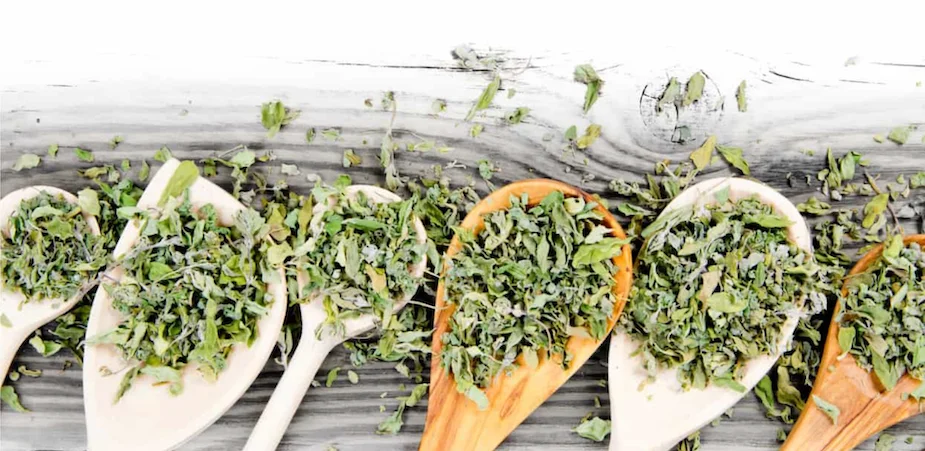
I've been asked, time and thyme again:
How Do You Dehydrate Herbs?
... so I got busy and created
this free eBook
just for visitors of
Easy Food Dehydrating!
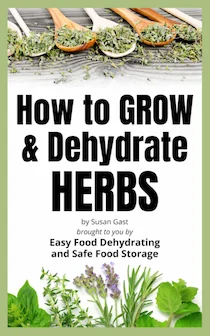
I've been asked,
time and thyme again:
How Do You
Dehydrate Herbs?

... so I got busy and created this
free eBook
just for visitors of
Easy Food Dehydrating!
Inside, I Go Over the Top Six Easy-to-Dehydrate Herbs:
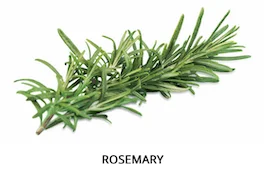
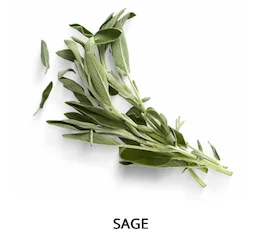
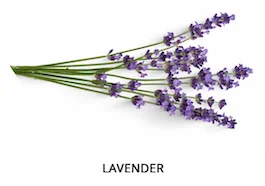
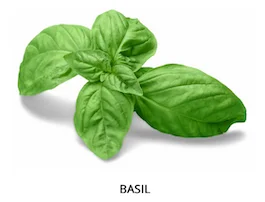
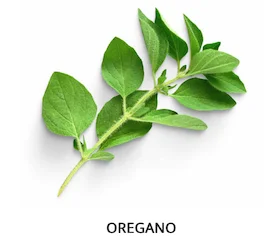
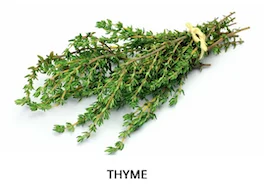
Inside, I Go Over the Top
Six Easy-to-Dehydrate Herbs:






Learn the Secrets of Making Herb-Infused Oils and Vinegars, Too!
Learn the Secrets of
Making Herb-Infused Oils
and Vinegars, Too!
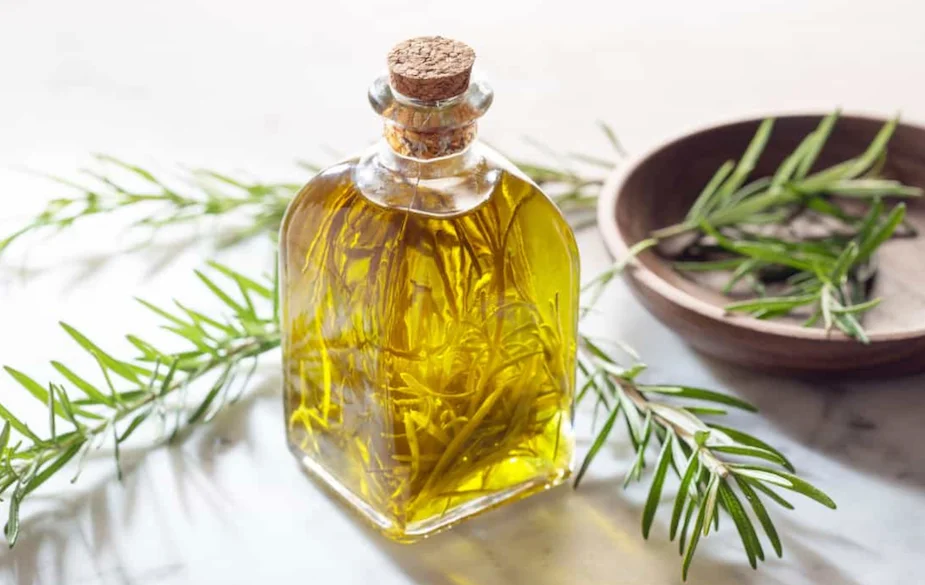
... and inside I share the many health-giving benefits and uses of these special herbs.
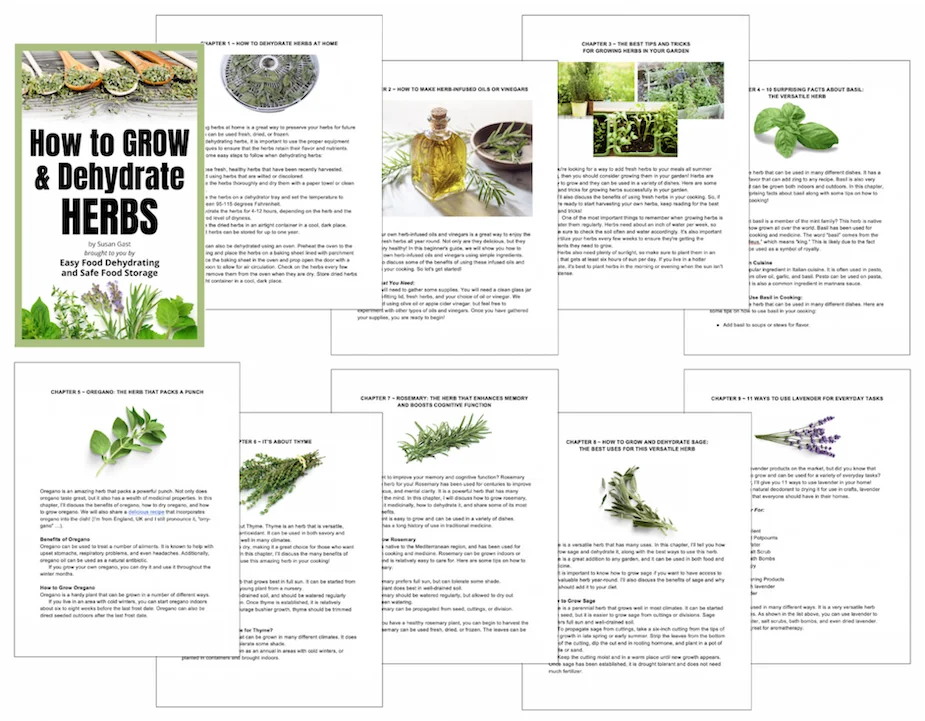
Now you don’t have to let fresh herbs go to waste—or spend money on pricey jars from the store.
With my free How to Grow & Dehydrate Herbs eBook, you’ll discover the six easiest herbs to dry, plus simple tips for making herbal oils and vinegars. Grab your copy today and enjoy garden-fresh flavor in every season!
By signing up, you agree to receive occasional dehydrating tips. Unsubscribe anytime.
Get Your Free eBook TODAY!

Thanks!
You'll see just how easy it is to grow and dry herbs :-)
Frequently Asked Questions About Growing & Dehydrating Herbs
What are the best herbs to dehydrate?
What are the best herbs to dehydrate?
Rosemary, sage, lavender, basil, oregano, and thyme are the easiest and most flavorful.
Do dehydrated herbs lose nutrients?
Do dehydrated herbs lose nutrients?
Dehydrating preserves most of the flavor and health benefits, though some delicate vitamins may lessen.
How long do dried herbs last?
How long do dried herbs last?
Stored in airtight containers, dried herbs can keep their flavor for 1–2 years.
Can I dehydrate herbs without a dehydrator?
Can I dehydrate herbs without a dehydrator?
Yes! You can air-dry small bundles or use your oven on its lowest setting.
What’s the difference between dehydrating and air-drying herbs?
What’s the difference between dehydrating and air-drying herbs?
Dehydrating is faster and gives more consistent results, while air-drying can take days to weeks depending on humidity.
